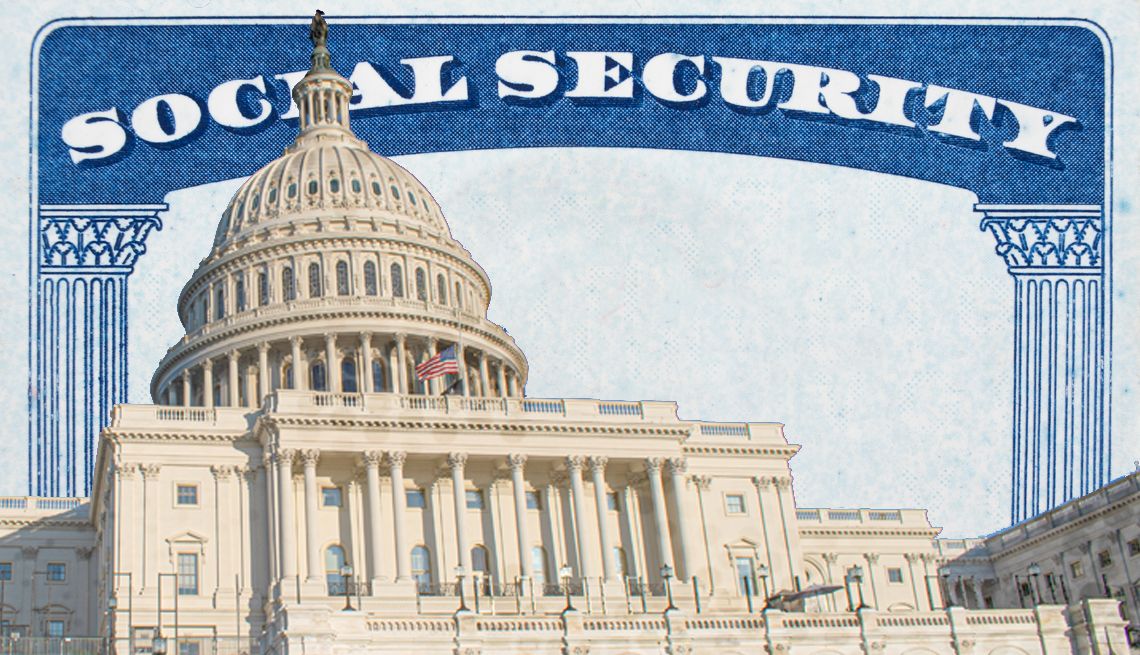AARP Eye Center
Issues For You To Decide in the Texas Constitutional Amendment Election
Texas voters will find 14 propositions to amend the state constitution on the Nov. 7 ballot, including an opportunity to authorize the creation of a fund to help expand high-speed internet access statewide.
Get information about when, where and how to vote in the election at the AARP Texas Voting Guide.
A few reminders:
- Oct. 10 is the last day to register to vote and to submit an address change for the constitutional amendment election.
- Oct. 27 is the last day to request a mail-in ballot. Applications must be received by the early voting clerk in your county – not postmarked – by Oct. 27.
- The deadline for mail-in ballots to be returned to the county is Election Day, Nov. 7.
- Early voting in person runs from Oct. 23 to Nov. 3.
Below is a breakdown of the amendments that have been placed on the ballot by state lawmakers. Find also links to legislative pages where you can trace the legislative history of the proposals and read the bill language and analysis. Find here an analysis of the propositions that was prepared by the Texas Legislative Council, a nonpartisan research agency of the Legislature.
Proposition 1 (House Joint Resolution 126):
This proposition aims to protect landowners’ rights to regulate what happens on their own property and limit state or federal interference.
Proposition 2 (Senate Joint Resolution 64):
Proposition 2 would allow city and county governments to offer a property tax exemption to child-care facilities. The value of the exemption would have to be at least 50 percent of the property’s appraised value.
Proposition 3 (House Joint Resolution 132):This proposition asks voters to prevent a wealth or net worth tax, which is based on a person or entity’s assets, from being imposed in the future. Texas does not currently have any form of wealth taxes.
Proposition 4 (House Joint Resolution 2, second special session):
Voters can decide to authorize a $100,000 property tax exemption for Texans’ primary homes; establish a temporary 20 percent limit on annual value increases for nonhomestead property worth $5 million or less; require members of appraisal boards in counties of over 75,000 people to serve staggered four-year terms; and prevent funds allocated for property tax relief from going against the state’s constitutional spending limit.
Proposition 5 (House Joint Resolution 3):
This proposition would replace Texas’ National Research University Fund with the Texas University Fund. Four universities – Texas Tech University, the University of Houston, the University of North Texas and Texas State University – would qualify for the research endowment. Roughly $273 million would be set aside for 2024-25.
Proposition 6 (Senate Joint Resolution 75):
Voters can decide whether to establish the Texas Water Fund, which would support new and existing water projects across the state with a $1 billion infusion. The Texas Water Development Board would oversee the new fund to support a wide range of projects including fixing aging and deteriorated pipes to acquiring more water sources and taking on efforts to reduce water loss.

Proposition 7 (Senate Joint Resolution 93):
Proposition 7 would establish the Texas Energy Fund, which would finance the construction, maintenance and operation of electric generating facilities to ensure the state power grid remains reliable. The Public Utility Commission of Texas would oversee the new fund, which would entail distributing loans and grants to companies with the aim of building new natural gas-fueled power plants. The Legislature has reserved $5 billion to fund the programs for the next two years.
Proposition 8 (House Joint Resolution 125):
Supported at the Legislature by AARP Texas, this proposition asks voters to authorize the creation of the Texas Broadband Infrastructure Fund, which would help expand high-speed internet access statewide. The Texas Comptroller of Public Accounts would oversee the fund. If approved by voters, $1.5 billion would be allocated to expand internet availability in Texas. The fund would work alongside matching federal dollars under the Broadband Equity, Access and Deployment Program.
Proposition 9 (House Joint Resolution 2):Under this amendment, voters can approve a cost-of-living adjustment for many former teachers. To combat inflation, teachers who retired before 2001 would get a 6 percent adjustment, those who retired between 2001 and 2013 would get a 4 percent adjustment, and those who retired between 2013 and 2020 would get a 2 percent adjustment.
Proposition 10 (Senate Joint Resolution 87):
This proposition would prevent medical and biomedical manufacturers from paying taxes on their tangible personal property, which the majority of businesses are currently taxed on.
Proposition 11 (Senate Joint Resolution 32):
Proposition 11 would create the El Paso County Conservation and Reclamation District. Various counties and regions have similar districts, which tax local residents to support the creation and development of water services and other facilities.
Proposition 12 (House Joint Resolution 134):
This proposition would eliminate the Galveston County Treasurer’s Office, which currently acts as a bank for the county.

Proposition 13 (House Joint Resolution 107):
Voters can decide if state judges can retire at 79, instead of the current mandatory retirement age of 75. Proposition 13 would also increase the minimum retirement age from 70 to 75 for state judges.
Proposition 14 (Senate Joint Resolution 74):This proposition would create the Texas Centennial Parks Conservation Fund, which would support the creation and improvement of state parks. The fund would be overseen by the Texas Parks and Wildlife Department. The Legislature has set aside $1 billion for the fund.
















)


















.jpg?crop=true&anchor=13,195&q=80&color=ffffffff&u=lywnjt&w=2008&h=1154)





























